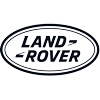 2002 Land Rover Range Rover III Dimensions, Size & Specs
2002 Land Rover Range Rover III Dimensions, Size & SpecsMeasurements of the 2002 Land Rover Range Rover III, engineered for optimal performance and comfort
| Dimensions | |
|---|---|
| Length: | 4950 mm194.9 in16.2 ft |
| Width: | 1955 mm77.0 in6.4 ft |
| Height: | 1860 mm73.2 in6.1 ft |
| Trunk Capacity: | 535 liter18.9 cu ft |
| Trunk Capacity (Max): | 1755 liter62.0 cu ft |
| Weight Specifications | |
| Curb Weight: | 2500-2510 kg5512-5534 lbs |
| Maximal permitted Weight: | 3050 kg6724 lbs |
| Tire Specifications | |
| Tire Sizes: |
|
The Land Rover Range Rover III, produced from 2001 to 2005, is a luxury SUV that marked a significant evolution in Land Rover's flagship series. Measuring 4950 mm (194.9 inches) in length, 1955 mm (76.9 inches) in width, and 1860 mm (73.2 inches) in height, this model offers a commanding road presence while delivering spaciousness and comfort. Weighing between 2500 and 2510 kg (5512 to 5539 lbs) curb weight, with a maximum permissible weight of up to 3050 kg (6724 lbs), the Range Rover III strikes an effective balance between robust off-road capability and on-road refinement. Its sizeable luggage compartment holds up to 535 liters (18.9 cubic feet) for everyday cargo needs, which expands impressively to 1755 liters (61.9 cubic feet) with the rear seats folded down, making it highly versatile for larger items or extended trips. The SUV runs on tires sized 255/55 R19 or 255/60 R18, underscoring its ready-for-any-terrain character. As a trailblazer in the luxury SUV market during the early 2000s, the Range Rover III combines advanced technology and rugged design, sustaining Land Rover's reputation for superior off-road performance coupled with premium luxury.
Discover the standout features that make the 2002 Land Rover Range Rover III a leader in its class
Have a question? Please check our knowledgebase first.
The 2002 Range Rover III has a length of 4950 mm (194.9 inches), a width of 1955 mm (76.9 inches), and a height of 1860 mm (73.2 inches). These dimensions place it firmly in the full-size luxury SUV category, providing ample interior space and road presence. Its substantial size contributes to a comfortable ride and spacious cabin but requires awareness when maneuvering in tight spaces.
The curb weight for the Range Rover III typically ranges from 2500 to 2510 kg (approximately 5512 to 5536 lbs), depending on specific configurations and trim levels. The maximum allowable weight, which includes passengers, cargo, and fuel, is rated at 3050 kg (about 6724 lbs). This robust weight supports the vehicle's heavy-duty capabilities, off-road robustness, and luxury features.
With the rear seats in place, the Range Rover III offers a luggage capacity of 535 liters (roughly 18.9 cubic feet), providing decent cargo space for luggage and groceries. When the rear seats are folded down, the available luggage space expands significantly to 1755 liters (about 61.9 cubic feet), allowing for large or bulky items to be transported with ease, enhancing its utility as an SUV.
The Range Rover III comes equipped with tire sizes 255/55 R19 and 255/60 R18. These sizes indicate wide tires optimized for stability, comfort, and off-road capability. The 255 mm width promotes good grip on various surfaces, while the aspect ratios (55 and 60) provide a balance between ride comfort and handling precision.
A typical standard garage has interior clearances roughly around 2.4 to 2.7 meters (7.9 to 8.9 feet) in width and about 5.5 to 6 meters (18 to 19.7 feet) in length. With a width of 1955 mm (approximately 1.96 meters or 6.4 feet) and length of 4950 mm (4.95 meters or 16.2 feet), the Range Rover III generally fits comfortably in a standard garage. However, taller garages are required to accommodate its height of 1860 mm (1.86 meters or 6.1 feet), especially as some garages have ceiling heights near the minimum, so checking individual garage dimensions is recommended.
Compared to its predecessor, the second-generation Range Rover (introduced in 1994), the Range Rover III (2002) is slightly larger and more refined. The third generation increased both in length and width, enhancing interior passenger comfort and cargo capacity. While exact predecessor dimensions vary by model year and format, the Range Rover III typically grew to provide a more spacious environment and a more commanding road presence, reflecting advances in luxury and technology.
The Range Rover III holds its own among early 2000s luxury SUVs in terms of size. For example, it is comparable in length and width to the Mercedes-Benz M-Class (W163) and the BMW X5 E53, though typically larger in height and overall interior volume, especially when rear seats are folded. The Range Rover III’s size advantage often translates to superior off-road capability and greater passenger and cargo space, positioning it well among premium SUVs of the era.
The large dimensions of the Range Rover III, including its length (4950 mm/194.9 in), width (1955 mm/76.9 in), and height (1860 mm/73.2 in), provide a high driving position and spacious cabin, enhancing driver visibility and comfort. The wide stance aids stability, especially on uneven terrain, critical for off-road performance. While the vehicle’s size offers great interior space, it requires careful handling in tight or urban environments and emphasizes the importance of driver skill when maneuvering off-road.
Thanks to its generous dimensions, the Range Rover III offers expansive interior space for passengers and cargo. The wide and tall body provides comfortable headroom and shoulder space in both front and rear seats, making long-distance travel more enjoyable. The ample luggage capacity of 535 liters (18.9 cubic feet) with seats up and 1755 liters (61.9 cubic feet) with seats folded further enhances practicality for families or adventure seekers who require flexible storage options.
The tire sizes fitted to the Range Rover III—255/55 R19 and 255/60 R18—are wide tires with relatively tall sidewalls. These dimensions complement the SUV’s substantial size by delivering a smooth ride over rough surfaces and supporting off-road traction. The wider rubber contact patches improve grip and vehicle stability, while the sidewall height absorbs road imperfections, making these tires ideal for the Range Rover’s blend of luxury comfort and off-road prowess.
Discover similar sized cars.
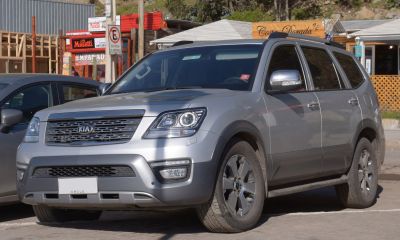
| Production: | 2016-2019 |
|---|---|
| Model Year: | 2016 |
| Length: | 4880 mm192.1 in |
| Width: | 1915 mm75.4 in |
| Height: | 1810 mm71.3 in |
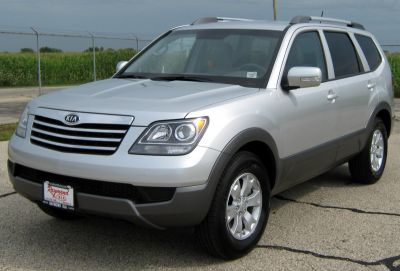
| Production: | 2008-2016 |
|---|---|
| Model Year: | 2008 |
| Length: | 4880 mm192.1 in |
| Width: | 1915 mm75.4 in |
| Height: | 1810 mm71.3 in |
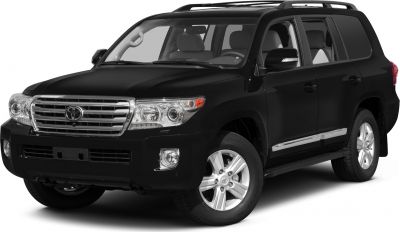
| Production: | 2013-2015 |
|---|---|
| Model Year: | 2013 |
| Length: | 4950 mm194.9 in |
| Width: | 1971 mm77.6 in |
| Height: | 1865-1880 mm73.4-74.0 in |
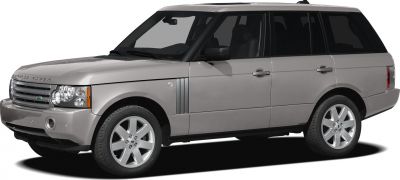
| Production: | 2005-2009 |
|---|---|
| Model Year: | 2005 |
| Length: | 4950-4972 mm194.9-195.7 in |
| Width: | 2216 mm87.2 in |
| Height: | 1837-1863 mm72.3-73.3 in |
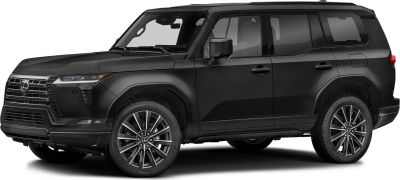
| Production: | 2023-present |
|---|---|
| Model Year: | 2024 |
| Length: | 5005 mm197.0 in |
| Width: | 1980-2000 mm78.0-78.7 in |
| Height: | 1915-1935 mm75.4-76.2 in |
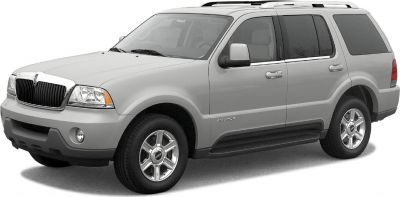
| Production: | 2003-2005 |
|---|---|
| Model Year: | 2003 |
| Length: | 4909 mm193.3 in |
| Width: | 1877 mm73.9 in |
| Height: | 1800 mm70.9 in |
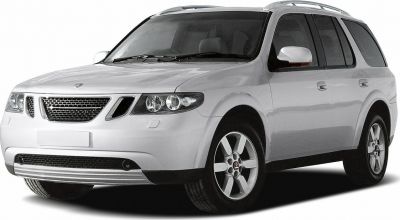
| Production: | 2004-2008 |
|---|---|
| Model Year: | 2005 |
| Length: | 4922 mm193.8 in |
| Width: | 1915 mm75.4 in |
| Height: | 1791 mm70.5 in |
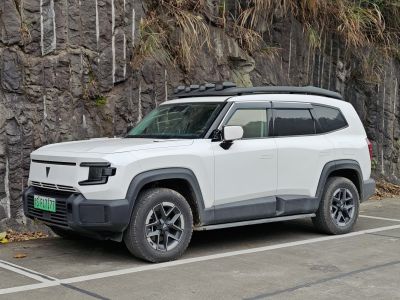
| Production: | 2024-present |
|---|---|
| Model Year: | 2024 |
| Length: | 5010 mm197.2 in |
| Width: | 1985 mm78.1 in |
| Height: | 1895 mm74.6 in |
